
It’s been two years since the first cases of the coronavirus were detected in China. Since then, the disease has spread around the globe, causing more than 800,000 deaths in the United States and 5 million deaths worldwide and transforming our lives in unprecedented ways.
Rutgers Today spoke with some of the university’s experts in health care, environmental science and engineering, education, labor and business to discuss what we have learned since the onset of COVID-19 and what we might expect in the future.
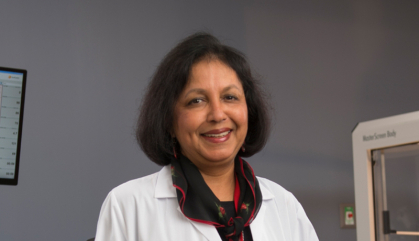
Sunanda Gaur
Professor of Pediatrics
Rutgers Robert Wood Johnson Medical School
Director of the Clinical Research Center
Principal Investigator, Pfizer-BioNTech Pediatric COVID-19 Vaccine Clinical Trial
Rutgers Biomedical and Health Sciences
As the nation went into lockdown, the Rutgers clinical research centers went into overdrive to rapidly activate and operationalize a large number critical studies to evaluate new drugs and treatment approaches to manage COVID-19. In our pediatric COVID-19 vaccine trial, we have enrolled over 140 children—a level of activity is unprecedented in the CRC history.
Through this experience we have learned the importance of teamwork as research professionals at all levels: from physician-scientists, to non-physician researchers, research nurses, study coordinators, research assistants, laboratory personnel, pharmacists and a horde of volunteers from our various professional schools as well as undergraduates. Together, we came up with innovative solutions to the myriad of problems we faced, such as PPE availability and staffing shortages. We learned that if we work together, listen to each other and solve problems together, creative solutions emerge organically.
The pandemic has taught us that in grave situations, the community at large comes forth to do its part in moving research and knowledge forward through volunteering to participate in clinical trials such as vaccine study. They are a key to our success, and we are thankful to them for helping science.
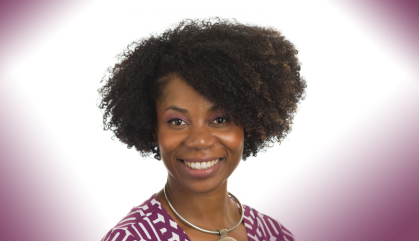
Tamara Lee
Assistant Professor of Labor Studies and Employment Relations
School of Management and Labor Relations
Rutgers University-New Brunswick
The most transformative power of the pandemic is not what we’ve learned, but rather how we learn, and for what end. We knew about the problematic consequences of social, political and economic inequality before COVID spotlighted the brutality of our systemic inequities. While our traditional academic lens normalized those conditions, erased the malintent of racial capitalism and obscured the dangers of colorblind analyses and public policy interventions, the arrival of the pandemic provided us with the opportunity to more critically and radically confront the structures that underlie our society and wake us up to the idea that what we thought was secure, what we thought was fair, what we thought was an institution or a law for equal rights has not been that, either by application or intentional design.
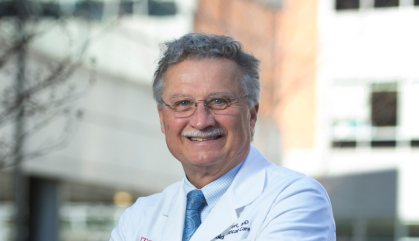
Reynold Panettieri Jr.
Vice Chancellor for Translational Medicine and Science
Director of the Rutgers Institute for Translational Medicine
Professor of Medicine
Robert Wood Johnson Medical School
Rutgers Biomedical and Health Sciences
The COVID-19 pandemic challenged the traditional approach to clinical trials, which required participants to travel to brick-and-mortar study sites. A crisis requires a nimble approach. Virtual clinical trials like the ones Rutgers has launched are fundamentally changing the way the industry conducts clinical trials.
This decentralized approach allows researchers to accelerate the pace of finding cures, recruit lower-income and underrepresented populations that were previously unable to engage in clinical trials and broaden the studies’ geographic coverage, allowing for more diverse participants and, ultimately, better and faster scientific outcomes, which will accelerate translating those findings into treatments.
We have seen this first-hand at Rutgers with our Rutgers Corona Cohort health care worker study, vaccine trials and more. We now can reach participants who were challenging to recruitment, have decreased the cost of studies with the elimination of bricks-and-mortar facilities and have enhanced retention of study participants since they do not need to travel and can complete the studies in their home.
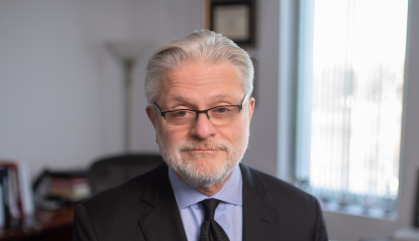
Frank Ghinassi
President and CEO
Rutgers University Behavioral Health Care
Rutgers Biomedical and Health Sciences
The past two years have taught us that for many people—especially those with less severe mood and anxiety disorders—traditional outpatient mental health services can be delivered effectively through telemedicine. We always suspected this, and it has long been utilized in special populations, such rural communities that did not have as much in-person access to psychiatrists and other mental health providers.
The COVID pandemic has changed the field forever. Telemedicine is a viable alternative and adjunct to treatment. People can effectively maintain a treatment program, receive medication adjustments and see good results.
That said, telemedicine and telehealth does not work for everybody. It is not as effective for people with cognitive decline, psychotic disorders, autism and autism spectrum disorders or for those who need group therapy. Telemedicine is not ideal for people who are living with adverse social determinants of health, such as housing and food instability, poverty and domestic violence. These social determinants are often accompanied by a lack of access to technology and the internet.
The pandemic also created an opportunity for people to reevaluate their work-life balance—a re-examination of “Where does work fit in my life and where does family and friends fit in my life?” and “What is the essential meaning of why I living this life?” It remains to be seen how elastic that mindset will be. When we evolve into the new normal, will people stay focused on the importance of work-life balance or slip back into pre-pandemic work patterns?
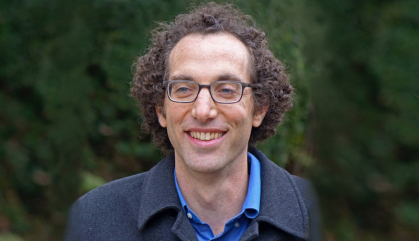
Bob Kopp
Professor of Earth and Planetary Sciences
Director, Megalopolitan Coastal Transformation Hub
Co-Director, Rutgers University Office of Climate Action
School of Arts and Sciences
Rutgers University-New Brunswick
We’ve learned that given competent leadership, countries around the world are able to undertake rapid and radical change to manage an imminent threat—the sort of radical change we need over the next couple of decades to stabilize the global climate.
We’ve also learned that the disinformation apparatus that climate scientists have been dealing with for decades has metastasized. It is a potent obstacle to decisive action that can sway a large minority of the global populace even when individuals and their loved ones are in grave and near-term danger.
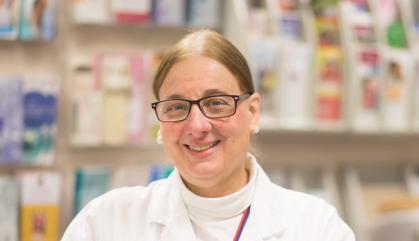
Gloria Bachmann
Professor of Obstetrics and Gynecology and Medicine
Associate Dean for Women’s Health
Director of the Women’s Health Institute
Medical Director of the PROUD Gender Center of New Jersey
Rutgers Robert Wood Johnson Medical School
Rutgers Biomedical and Health Sciences
The pandemic has reinforced the concept “what’s old is new.” In the 1930s, patients remained in their homes for some of their health care needs. By the 1980s, however, this form of medical care diminished to less than 1 percent of health visits, having transitioned to clinical settings. The pandemic reaffirmed that remote patient visits are useful, not only to diminish the spread of infection, but also as a benefit to the patient, providing easier access to clinicians and less time and money spent for travel. In fact, because there is no travel associated with telehealth, it is also climate-friendly.
Clinical services provided to women now incorporate telehealth for both gynecologic visits and obstetrical visits, with basic home monitoring devices, such as blood pressure machines and even a mobile, self-operated smartphone ultrasound monitor app for pregnant women, making visits easier.
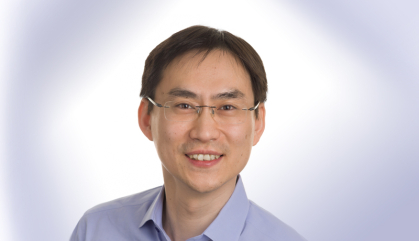
Joo Hun Han
Associate Professor of Human Resource Management
School of Management and Labor Relations
Rutgers University-New Brunswick
We have witnessed remarkable scientific advances and human adaptability in dealing with this unprecedented crisis. Two years into the pandemic, our workplaces are filled with anxiety, fatigue, stress and burnout. Many workers are still fearful of returning to the office. And even those working from home may need more time and space for themselves. That’s why employee mental health is now a central issue in management. Leaders should make every effort to provide flexible work arrangements and employee assistance programs. Workers should know that they deserve good self-care—and should actively ask for what they need—to remain resilient in the face of continuing unknowns and struggles. If we don’t prioritize employee mental health, workers will become less engaged and businesses will lose their competitive edge.
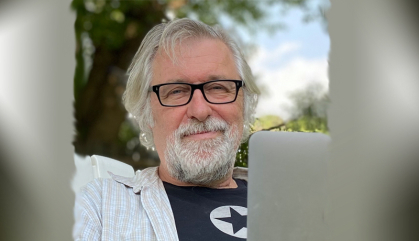
Donald Schaffner
Distinguished Professor and Extension Specialist in Food Science
School of Environmental and Biological Sciences
Rutgers University-New Brunswick
In the two years since COVID-19 has come to our awareness, we’ve learned several key points regarding food. We don’t need to disinfect our groceries and take-out because it is quite clear the virus is not spread from handling or eating food.
While handwashing is always a good idea, it’s also clear that handwashing will not stop the spread the virus. We stop it by staying physically distant, wearing masks and getting vaccinated.
It’s important that we control person-to-person spread in food processing facilities, including meat plants. It’s also important we continue to develop methods to stop viral spread from person to person, like in food processing facilities and in restaurants where people are indoors.
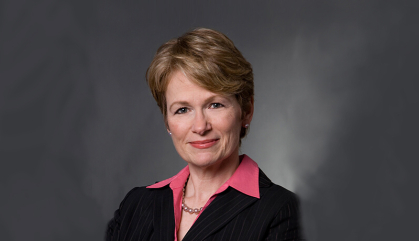
Monica Mazurek
Associate Professor of Civil and Environmental Engineering and Air Quality Expert
School of Engineering
Rutgers University-New Brunswick
The past two years of COVID and restrictions placed on society have produced positive effects on air quality—local, regional, global—by reducing emissions of carbon dioxide and fine particles. The lowered emissions were due to lower industrial activity and transportation of people, goods and services that accompanied shrinking U.S. and global economies.
Two major insights we can gather are that reducing and replacing fossil fuels have a direct impact on improving the air we breathe on a local scale, and that economic recovery and creation of new jobs are not directly impacted when alternative ways of working remotely and lowering of annual vehicle miles traveled are in place. Therefore, it does make sense to identify and create low-carbon and zero-carbon strategies for energy sourcing in the U.S. and worldwide.
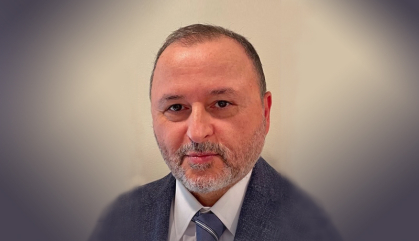
Ali Maher
Professor of Civil and Environmental Engineering
Director of the Center for Advanced Infrastructure (CAIT)
School of Engineering
Rutgers University-New Brunswick
We all rely on transportation every day, but it’s often misunderstood and taken for granted. Although we saw less traffic during the pandemic, recent studies show an increase in crash fatalities. Fewer people were on the roads, but many were driving faster.
If the pandemic has taught us anything, it’s the importance of collaboration to overcome these new and complex transportation challenges. Recognizing shifts in how we travel and do business, researchers at Rutgers-CAIT have taken a multidisciplinary approach in working with our partners to better leverage combined assets and expertise to adapt to the impacts of COVID-19.
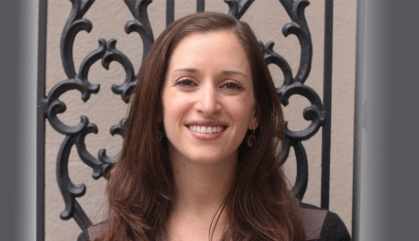
Vikki Katz
Associate Professor of Communication
School of Communication and Information
Rutgers University-New Brunswick
Millions of American adults and children were under-connected before the pandemic, and these were the families who found remote learning the hardest: consistent, high-quality internet and a functioning computer were crucial to remaining engaged in their schoolwork. Nonetheless, our national survey found that parents and children did their best to develop creative workarounds to keep learning together at home. In a separate study at the college level, we found a similar mix of challenges and creativity. We found that communication with faculty and teaching assistants was the most important factor in whether undergraduates who were under-connected could confidently and competently pivot to remote learning in the early weeks of the pandemic.
Two years into the pandemic, we know that investments in digital infrastructure are urgent and essential—high-quality, consistent access to the internet and digital devices are necessities, not luxuries. But other kinds of connections remain as important as ever: parents and children learning together, and strong relationships between faculty and students. We all need many forms of connectivity to thrive.
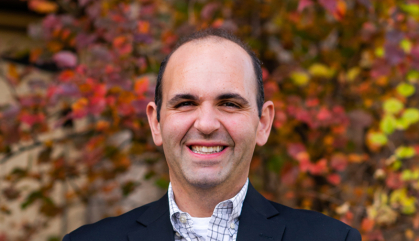
Ralph Gigliotti
Assistant Vice President for Strategic Programs in the Office of University Strategy
Director of the Center for Organizational Leadership
Rutgers University
Living through this pandemic has reinforced the importance of adopting effective, inclusive and principle-centered leadership practices. This historical moment presents an interesting set of paradoxes for those engaged in leadership, including the desire for information during a time of prolonged uncertainty, the hunger for meaningful connection during a period of social distancing and the need for swift and agile leadership in organizations that rightfully privilege careful and deliberative decision-making. In addition to triaging and responding to the wide array of immediate issues caused by the pandemic, leaders at all levels need to simultaneously take the time to encourage healing, learning and growth as we slowly move toward a post-pandemic future. The pandemic has forced many of us to reflect on our reasons for engaging in the work we do and lean on one another as we develop a shared vision and strategy for the work that lies ahead in each of our areas.
This story and images were originally published in Rutgers Today on December 15, 2021.
